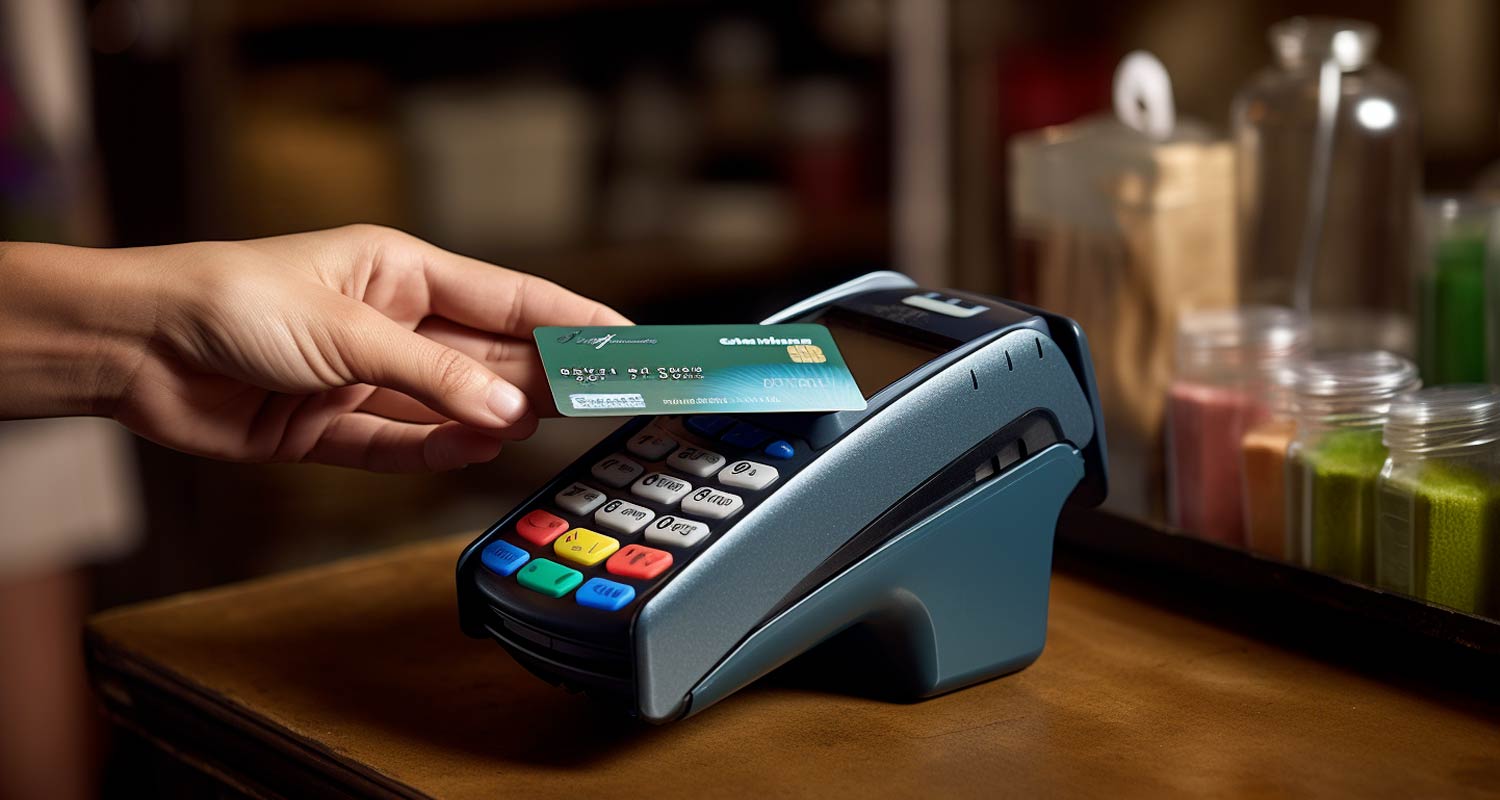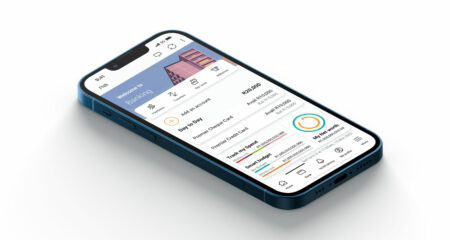
Shoprite Group launched its first cashless store in Durbanville, Cape Town late last month. The move followed its launch of another technologically advanced clothing store in Canal Walk earlier this year.
The move by Shoprite follows worldwide trends that seek to improve customer experience through digitisation, with the removal of cash from the ecosystem being a key principle.
Does this mean that cashless stores are the future of retail in South Africa – and are consumers ready to accept the idea of ditching cash for cards and other payment methods?
Shoprite Group opened its first Uniq clothing store in Canal Walk on 30 March, becoming the first clothing retailer in South Africa to offer self-service checkout. There are nine standalone Uniq stores across the country. The group also opened a new franchise brand called OK Urban in Durbanville, Cape Town, late last month. The OK Urban store is cashless, too.
Digitisation of retail stores, with trends towards cashier-less checkout facilities and cashless payment options, presents opportunities for retailers to improve customer experience and operational efficiency, while averting cash-associated risk. However, numerous challenges hinder the progression towards fully digital in-store shopping environments, forcing retailers to balance innovative ideals with the practical realities on the ground.
Cashless society
“I think both retailers and consumers would prefer a cashless society, from a risk-reduction perspective,” said Chris Gilmour, investment analyst at Gilmour Research. “Consumers need only carry a debit card rather than cash, and this is Pin-protected, while retailers prefer debit card transactions because it means they have to keep less cash on the premises.”
However, Gilmour said, going cashier-less is a highly sensitive subject for the trade unions, which see this as a way of reducing staff numbers. “At first glance, it probably is.”
In the South African context, tensions between an impending digital future and the inhibitive realities of the present are exemplified by the differences in approach between mega-retailers Shoprite and Pick n Pay Holdings. While both have a strategic mix of digital offerings, Shoprite is leading the charge towards fully digitised storefronts, while Pick n Pay sees the move as potentially antagonising to the country’s large unbanked or underbanked consumer base.
Shoprite’s new offerings, for instance, are presented as responses to “meet its customers’ ever-changing needs”. The use of separate brand identities to demarcate its fully digitised storefronts from the more traditional Shoprite, Checkers and Usave brands, however, suggest an awareness of the need to continue to cater to a cash-reliant consumer base. Another vital concern contradicting its digital approach is protecting the group’s growing, cash-focused Money Market business, which, it says, “offers a comprehensive range of financial services and products to the group’s customers through dedicated in-store service counters”.
 Shoprite’s dual-market go-to-market strategy highlights the impact that exogenous factors relating to income inequality have on digital citizenship. Device affordability, internet access and education influence market dynamics, conforming business strategy to the realities of operating in a country with the highest Gini coefficient in the world. While Shoprite’s perspective is more future-focused, Pick n Pay emphasises the importance of catering to the unbanked.
Shoprite’s dual-market go-to-market strategy highlights the impact that exogenous factors relating to income inequality have on digital citizenship. Device affordability, internet access and education influence market dynamics, conforming business strategy to the realities of operating in a country with the highest Gini coefficient in the world. While Shoprite’s perspective is more future-focused, Pick n Pay emphasises the importance of catering to the unbanked.
“While there are substantial benefits to moving to a cashless society, with security being top of mind, the transition to a cashless retail environment in South Africa faces barriers as many economically active customers remain unbanked,” said Deven Moodley, executive head for Pick n Pay’s value-added services, financial services and mobile division.
“Our goal is to drive financial inclusion for all our customers, so going cashless would create financial exclusion for those who rely on cash to access goods and services. Instead of focusing on going cashless, we are introducing more ways for our customers to pay for their goods and services. This includes the likes of Mobicred and PayJustNow, or working with partners like Absa, Tyme, Capitec, RCS and others to offer more services for customers, that bring about payment innovation in our stores, for both cash and cashless transactions,” said Moodley.
Just last week, armed robbers entered a Pick n Pay in Kensington, Johannesburg, making off with customers’ belongings as well as an “undisclosed amount of money”. A similar incident took place at the Brits Pick n Pay in July. While nobody was killed in these incidents, this is not always the case during armed robberies. Curiously, Shoprite’s first cashier-less store, a concept called Checkers Rush, was launched in 2021, three years after the retailer suffered a record 489 armed robberies in a single year. Catering to current consumer needs, it seems, must be balanced with judicious risk management.
Read: Checkers Sixty60 sales surge 81% in a year
With less than a year in operation, it is as yet unclear just how significant Shoprite’s cashless and cashier-less innovations are on customer experience. Of more interest perhaps, may be the impact that cashless environments have on retail crime statistics. Again, it is only with time that real patterns can emerge. But insight from UK may reveal a glimpse of South Africa’s retail future.
“Most people in British supermarkets still use the normal cashier-operated tills. However, at Heathrow airport in London, all the shops are completely self-service apart from the boutiques. And then we have the Amazon Fresh and their lookalike stores. These stores have cameras everywhere and you swipe your card when you enter, fill the trolley or basket, and walk out. This really is the future and Shoprite is investigating its use in South Africa,” Gilmour said. — (c) 2023 NewsCentral Media




